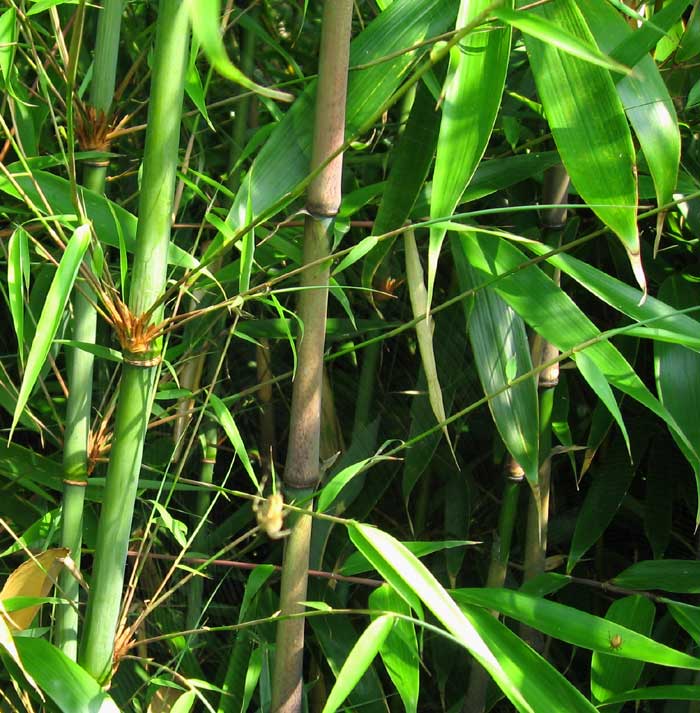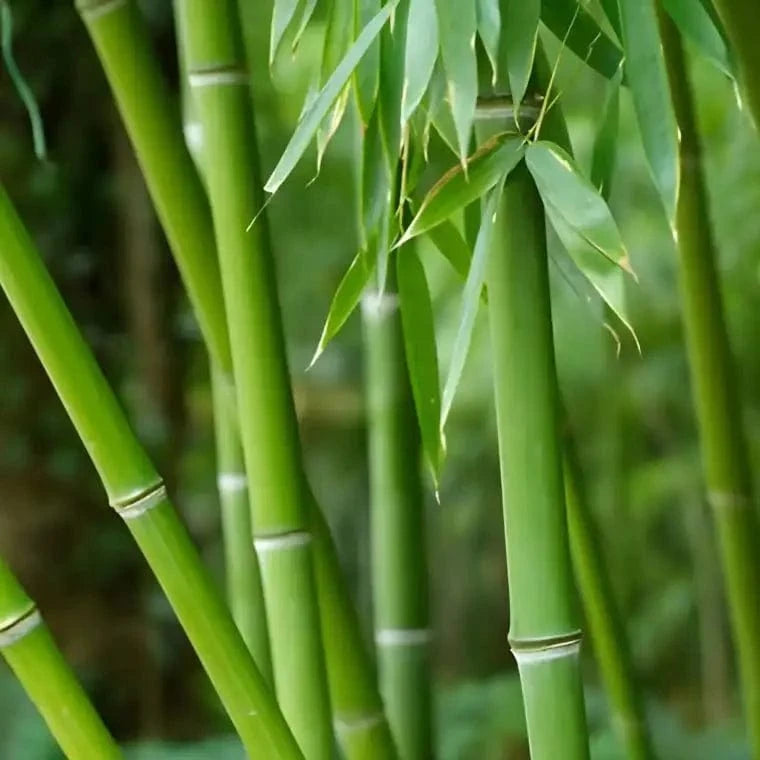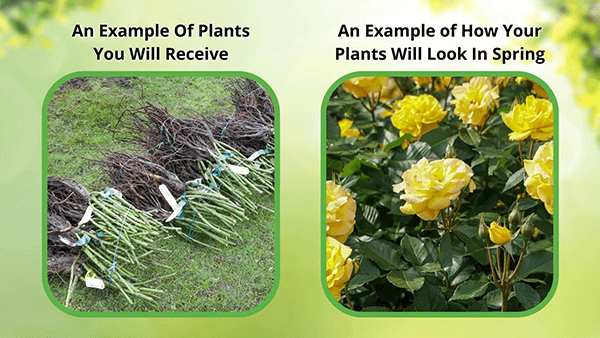Bamboo Plant
Bamboo Plant
| Order | Percentage Discount | ||
|---|---|---|---|
| 2-5 | 25% Off | ||
| 6-10 | 30% Off | ||
| 11-25 | 35% Off | ||
| 26-50 | 45% Off | ||
| 51+ | 65% Off | ||
Couldn't load pickup availability
5-7 Days
Over 3 Feet
Full Sun
4-9
Aquatic
Bare-root
OH, MD, OK.
Bamboo Plant - Bambusa Vulgaris
Bamboo Plants are native plants in the grass family that can grow quite tall, with some species reaching over 100 feet. They are known for their slender, cylindrical stalks, typically hollow and jointed. Their leaves are long and narrow, with a pointed tip and a serrated edge. Depending on the species, they can be green, yellow, or varied in color.
A Very Fast Growth Rate
They are known for their fast growth rate, with some species capable of growing several feet in just a few weeks. They are resilient and thrive in various environments, from tropical rainforests to cold mountain regions. Some species are used for construction, while others are prized for their ornamental value in gardens and landscapes.
Bamboo Plant Is Ecologically Important
They are also crucial for their ecological value, providing wildlife habitat and helping prevent soil erosion. Sustainable ones can be harvested for various purposes, including paper, textiles, and building materials.
Utilizing These Plants
Bamboo is adaptable and valued for its sustainability. It is commonly used in the construction industry to provide a lightweight yet durable substrate for scaffolding, flooring, and furniture. Thanks to its strong roots, bamboo can also be grown in gardens as a privacy screen or windbreak to control erosion. Beyond these practical applications, bamboo is a renewable source of utensils, clothes, and paper. The brisk growth and low ecological footprint make it a preferred choice among eco-conscious buyers, and its aesthetic and practical use make it a welcome addition both inside and outside.
This Is How Your Plants Will Look upon Delivery
Shipping date depends on the date displayed and chosen when you order from the product's page.
We only accept returns on plants verified dead. If you think your plants have died, we offer a 1 year warranty, please use use this File a Claim Link to verify dead plants and start with return warranty process.




